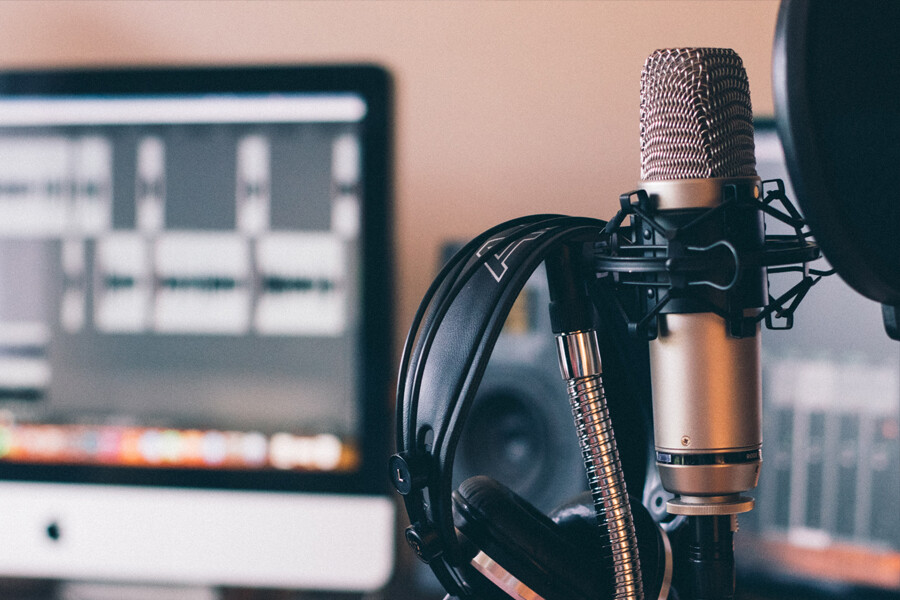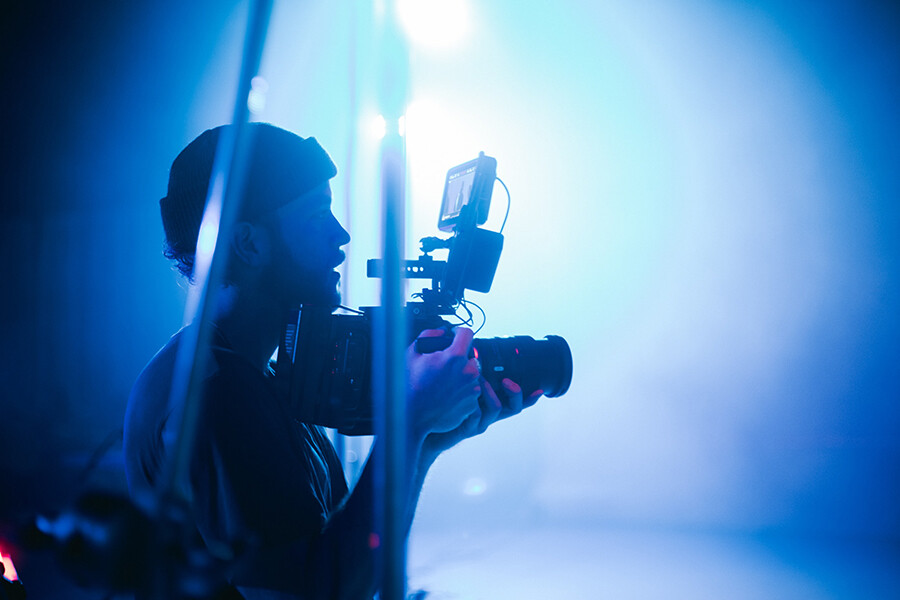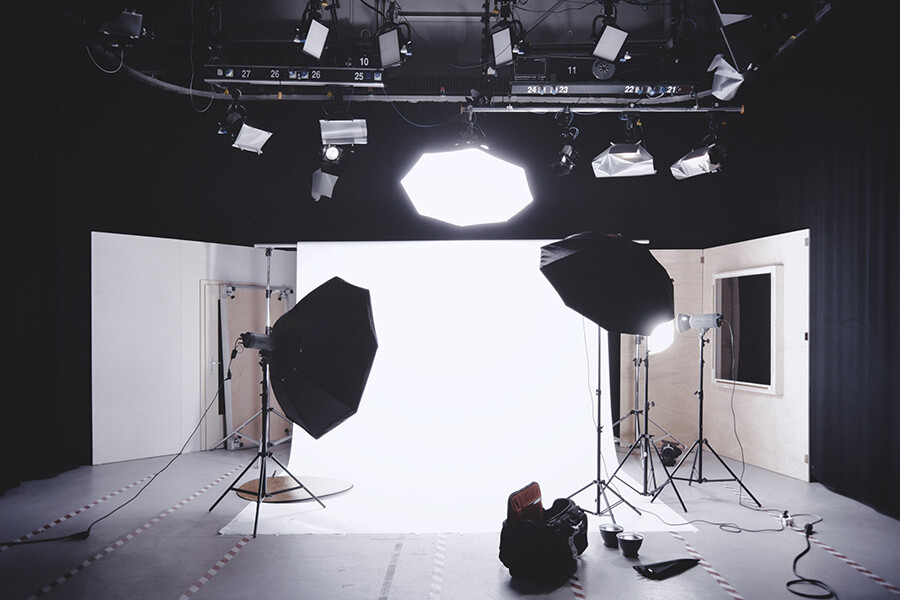- Accueil
- La recherche
- Mémoires et Travaux de fin d’études
- Les hautes lumières en cinéma numérique
Les hautes lumières en cinéma numérique
Auteur : LE BARH Laurène
Directeur(s) de mémoire : Alain Sarlat
Cinéma
Résumé : Les hautes lumières sont un outil d’expression manié en permanence par le chef-opérateur, aussi bien en prise de vue qu’en post-production. A l’ère où le numérique s’est affirmé au sein de la production cinématographique, les hautes lumières semblent en être une limite en comparaison avec l’argentique. Dans la plupart des films numériques, elles sont souvent évitées, ou du moins plus subies qu’exploitées. En effet, la technologie ne valorise pas la partie haute de la courbe de réponse, mais c’est aussi une crainte culturelle que se sont imposés les opérateurs face au passé argentique et aux travers de la télévision. Dans ce mémoire, nous allons tenter de relativiser ces croyances en partant d’une analyse objective basée sur des tests précis afin de comprendre leur comportement en vue d’ une réappropriation esthétique. Il faut en effet repenser la technologie numérique et la façon de l’aborder pour pouvoir maîtriser les nombreux outils fournis par les fabricants et ainsi retrouver la possibilité de travailler les hautes lumières. Nous approfondirons notre étude en considérant le cas de ARRI et de l’Alexa Studio.
Mots-clés : Hautes lumières, exposition, surexposition, saturation du capteur, étendue utile, contraste, codage logarithmique, RAW, ARRI
—
Abstract: Highlights are an expression tool handled permanently by directors of photography , whether shooting or post-production. When digital is stated in the film production, highlights appear to be limited in comparison with the film. In most digital movies, they are often avoided, or at least more endured than exploited. Indeed, the technology doesn’t enhance the upper part of the response curve, but it is also a cultural fear that operators impose to themselves, facing the film past and television quirk. In this thesis, we will try to put these beliefs into perspective, from an objective analysis based on specific tests to understand their behavior towards an aesthetic appropriation. It is indeed necessary to rethink the digital technology and how to broach it, in order to master the many tools provided by manufacturers and thus regain the ability to work highlights. We will deepen our study by examining the case of Arri Alexa Studio.
Keywords: Highlight, exposure, overexposure, clipping, dynamic range, contrast, logarithmic encoding, RAW, ARRI



